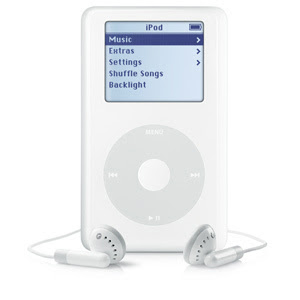The Top 6x6 blog entries have now been judged and the outright winner is Chris Herman.
The judges were Chris Connell, Sue Carr, Soren Luckins, Maurice Terzini and Oliver Kratzer, who were all presenters at the Top 6x6 event, held at Space Furniture on 20 July 2010.
Congratulations to Chris Herman, whose top 6 design icons can be seen below. Chris wins the Zanotta Sciangai Coat Stand valued at $1,380, kindly supplied by Space Furniture.
Congratulations also to the runners up; Giovanni Mendini, Suzy Tuxen, David Williamson, Amy Johnstone and Egle Findlay.






















































